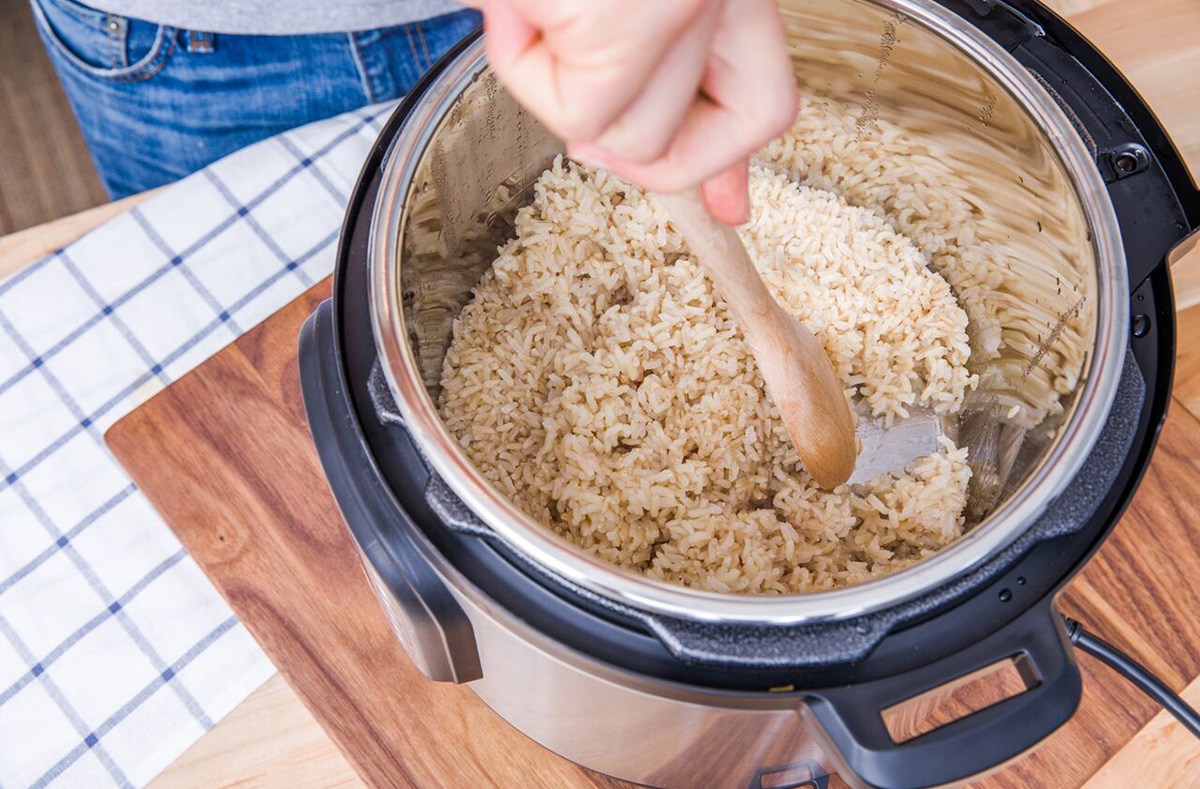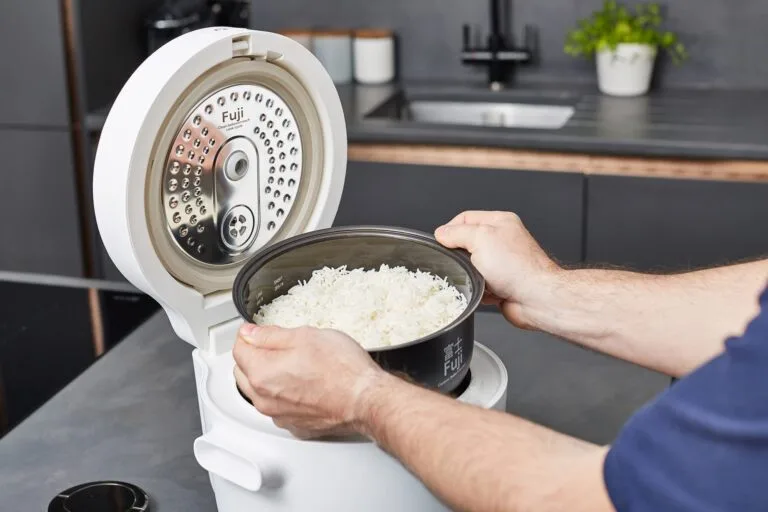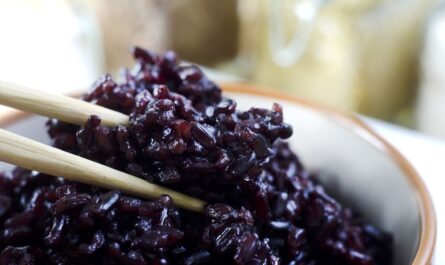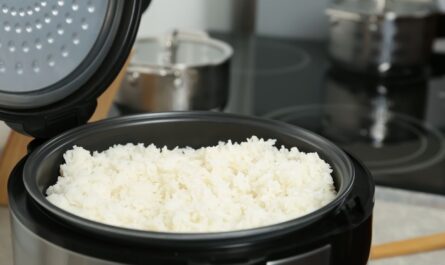Rice cookers are a staple in many kitchens, especially for those who love making sushi or enjoy perfectly cooked rice with their meals. However, over time, these trusty appliances can develop stains that detract from their appearance and may affect their performance. Learning how to remove rice cooker stains can help maintain the cookers efficiency and prolong its lifespan.
In this guide, well explore various methods for effectively cleaning your rice cooker, ensuring it remains spotless and in great working condition. Whether youre dealing with leftover rice residue or stubborn stains, weve got you covered. Lets dive into the details!

Understanding Rice Cooker Stains
Understanding the types of stains that can occur is the first step in effectively cleaning your rice cooker. Common culprits include burnt rice, mineral deposits from water, and oil stains from cooking. Each type of stain requires a different cleaning approach, which we will cover in this article.
Causes of Stains
Stains can develop for several reasons, including:
- Residual rice and food particles left after cooking.
- Mineral deposits from hard water.
- Oil and grease from cooking other ingredients.
Preparing to Clean Your Rice Cooker
Before jumping into the cleaning process, its crucial to prepare properly. This ensures a thorough and safe cleaning session.
Unplugging and Disassembling
Always unplug your rice cooker and allow it to cool down completely before cleaning. Disassemble the removable parts, such as the inner pot, lid, and steaming basket, if applicable.
Gathering Cleaning Supplies
Prepare the necessary cleaning supplies, including:
- Mild dish soap
- Baking soda
- White vinegar
- Soft cloths or sponges
- Non-abrasive scrubbers
Methods for Removing Stains
Now that youre ready, lets delve into the methods for removing different types of stains from your rice cooker.
Using Baking Soda and Vinegar
Baking soda and vinegar make a powerful stain-removing duo. Heres how to use them:
- Mix equal parts baking soda and water to form a paste.
- Apply the paste to the stained areas of the cooker.
- Let it sit for 15-20 minutes.
- Spray or pour vinegar over the baking soda paste, allowing it to fizz and lift the stains.
- Wipe clean with a damp cloth.
Using Lemon Juice
Lemon juice is a natural cleaner that also leaves a fresh scent. Heres how to use it:
- Apply lemon juice directly to the stains.
- Let it sit for about 15 minutes.
- Scrub gently with a soft cloth.
- Rinse and dry thoroughly.
Commercial Cleaners
For stubborn stains, commercial cleaners designed for kitchen appliances may be effective. Always follow the manufacturers instructions and ensure the product is safe for use on your specific rice cooker model.
Maintaining a Stain-Free Rice Cooker
Preventing stains is easier than removing them. Here are some maintenance tips:
Regular Cleaning Routine
Clean your rice cooker after every use. Removing food particles and moisture immediately can prevent stains from forming.
Proper Storage
Store your rice cooker in a dry, clean space to avoid dust and moisture buildup. Consider using a cover to protect it further.
When to Seek Professional Help
If your rice cooker has persistent stains or issues, it may require professional servicing. When to replace rice cooker might help in deciding the right time for a replacement.

FAQs
Can I use bleach to clean my rice cooker?
Its not recommended to use bleach as it can damage the appliance and leave harmful residues.
How often should I clean my rice cooker?
Ideally, clean it after every use to prevent stains and maintain hygiene.
What should I do if my rice cooker still has a bad smell after cleaning?
If a bad smell persists, consider using a vinegar rinse or checking out this guide on rice cooker smells bad for more tips.
Maintaining a clean rice cooker not only enhances its longevity but also ensures that every meal you prepare is healthy and delicious. Learn more about different types of rice cookers to choose the best one that suits your needs.
This article contains affiliate links. We may earn a commission at no extra cost to you.




